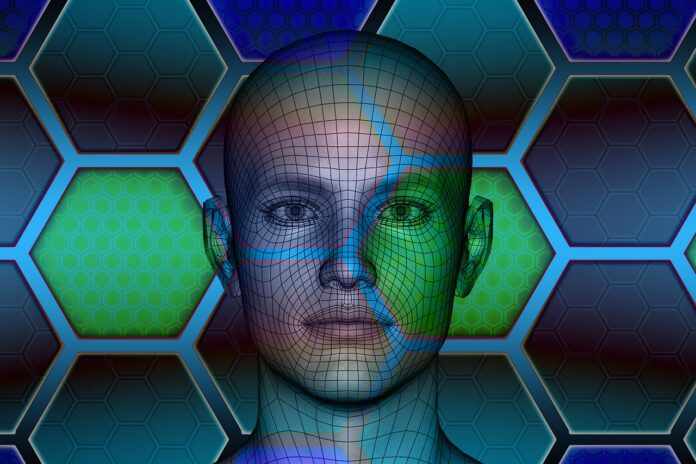In the realm of technological advancements, facial recognition technology (FRT) stands as a formidable pillar, powered significantly by deep learning algorithms. This technology, once a figment of science fiction, has seamlessly integrated into our daily lives, enhancing security, personalizing experiences, and streamlining operations. However, as its applications widen, concerns surrounding privacy and ethical use have surged, prompting a critical examination of how innovation can coexist with individual rights. This article delves into the intricate balance between the boon of deep learning in facial recognition technologies and the paramount need to safeguard privacy.
Deep Learning: The Engine Behind Facial Recognition
At the core of facial recognition technology lies deep learning, a subset of artificial intelligence (AI) that mimics the human brain’s neural networks. Deep learning algorithms learn from vast amounts of data, improving their accuracy over time, which makes them ideal for recognizing complex patterns like human faces. These algorithms analyze features such as distance between the eyes, shape of the jawline, and contour of the cheeks, enabling machines to identify individuals with remarkable precision.
The Boon of Facial Recognition Technology
- Enhanced Security: FRT is a cornerstone in modern security systems, used in preventing unauthorized access to devices, facilities, and sensitive information.
- Personalized Experiences: From unlocking smartphones with a glance to personalized advertising on digital billboards, FRT offers a tailored user experience.
- Streamlined Operations: In sectors like law enforcement and healthcare, FRT speeds up identification processes, saving time and resources.
Privacy Concerns: The Other Side of the Coin
As facial recognition technology permeates more aspects of our lives, it brings forth significant privacy concerns:
- Surveillance and Monitoring: The potential for constant surveillance by governments or corporations raises fears of a privacy-invading dystopia.
- Data Security: The storage of biometric data poses a risk of breaches, leading to identity theft or misuse.
- Consent and Choice: Often, individuals are unaware or unable to opt-out of facial recognition, leading to involuntary participation.
Balancing Innovation with Privacy
Addressing the privacy concerns associated with FRT requires a multifaceted approach:
- Regulatory Frameworks: Implementing stringent laws and guidelines that dictate the ethical use of FRT, ensuring transparency and accountability.
- Consent and Opt-Out Options: Providing clear options for individuals to give consent or opt-out of facial recognition systems.
- Anonymization Techniques: Developing technologies that can anonymize data, allowing for beneficial uses of FRT while minimizing privacy risks.
The Road Ahead
The future of facial recognition technology hinges on finding a harmony between leveraging deep learning for innovation and upholding the sanctity of privacy. This entails continuous dialogue among technologists, policymakers, and the public, alongside advancements in privacy-preserving technologies. As we navigate this path, the collective goal should be to harness the benefits of FRT, making our world safer and more convenient, without compromising our fundamental right to privacy.
Conclusion
Facial recognition technology, propelled by deep learning, offers immense possibilities for societal advancement. Yet, it also presents a critical challenge in protecting individual privacy. The path forward requires a balanced approach, fostering innovation while ensuring robust privacy safeguards. By embracing ethical practices and regulatory measures, we can cultivate an environment where technology serves humanity without infringing upon our cherished freedoms.





